When Oldsmobile rolled out the Rocket 88 in 1949, it wasn’t just launching a car—it was lighting the fuse on the American performance era. This wasn’t a flashy showboat or a niche experiment; it was a mass-market sedan with a V8 that made people rethink what a family car could do. With its overhead-valve 303-cubic-inch Rocket engine, it delivered speed, style, and status at a time when postwar America was itching to hit the open road with purpose.
The Rocket 88 became more than a car—it became a cultural reference point. It made waves on NASCAR tracks and on jukeboxes, turning heads and bending expectations along the way. In this article, we’ll dig into 10 compelling facts that explain why the Rocket 88 still matters—and why it’s remembered as one of the cars that truly kicked off the horsepower wars.
Helped Launch NASCAR Into the Spotlight
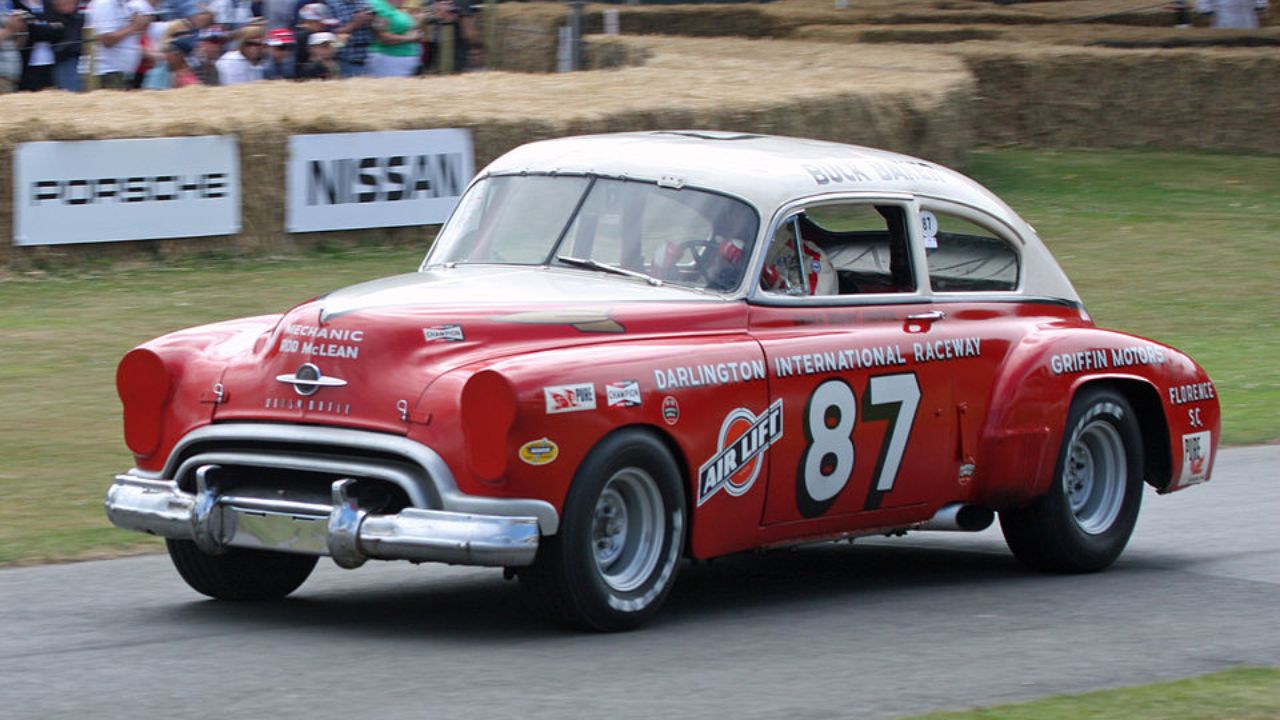
The Rocket 88 was instrumental in the early success of stock car racing. In 1950, it won six of the ten NASCAR Grand National races that year, dominating a field that included heavier and less agile machines.
Its combination of power and handling on the dirt tracks gave it a serious advantage. Many credit the Rocket 88 with helping to kick off the era of V8 dominance in American racing and setting the tone for NASCAR’s rise in the ’50s.
Born from the First Overhead-Valve V8

The Oldsmobile Rocket 88 debuted in 1949 as the first car to pair a lightweight body with a high-compression overhead-valve V8 engine. That 303-cubic-inch V8 made 135 horsepower and 263 lb-ft of torque, outpacing many heavier competitors of the time.
This setup gave the Rocket 88 a performance edge that few expected from a mid-priced car. It wasn’t marketed as a hot rod, but it quickly gained a reputation for being fast, reliable, and easy to tweak—earning respect from racers and tuners across the country.
Inspired One of Rock and Roll’s First Hits
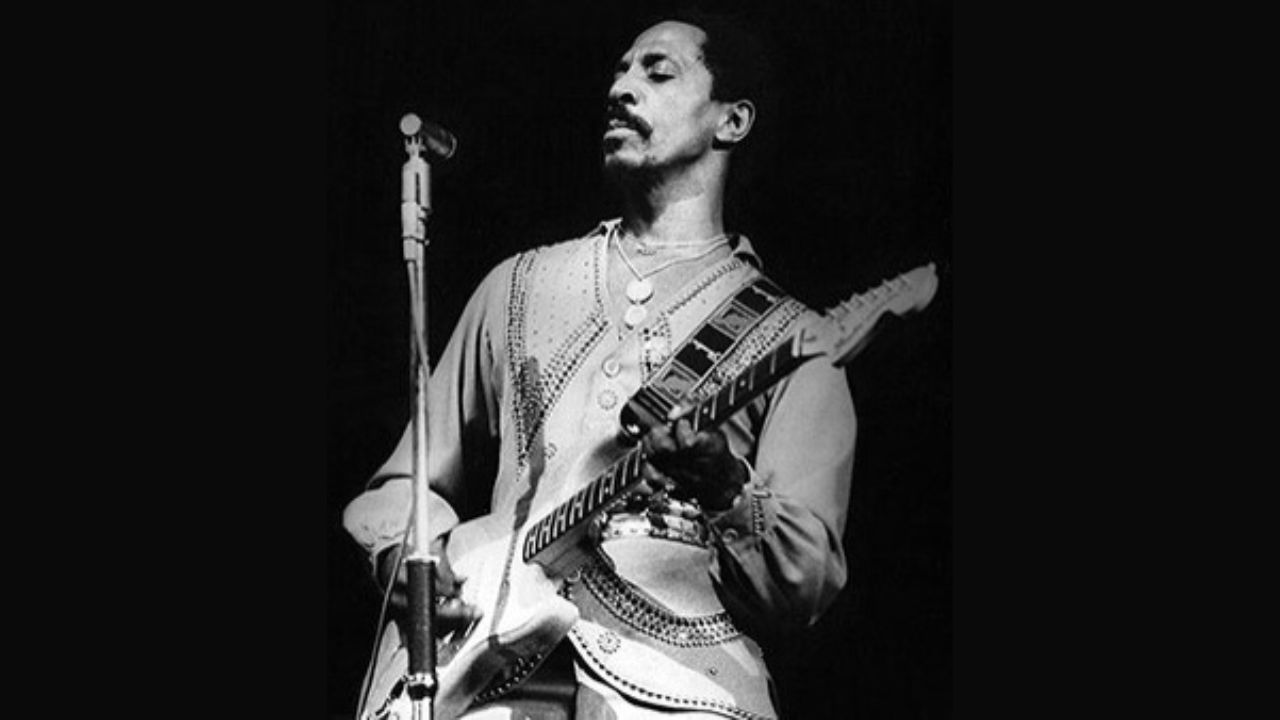
The 1951 song “Rocket 88” by Jackie Brenston and Ike Turner is widely considered one of the first true rock and roll records. The lyrics praised the speed and style of the car, tying it directly to youth culture and freedom.
This wasn’t just a passing reference—the car was central to the song’s appeal. It helped cement the Rocket 88 as more than just a piece of transportation. It was a symbol of speed, rebellion, and a new era of music and car culture.
Affordable Performance for the Everyman
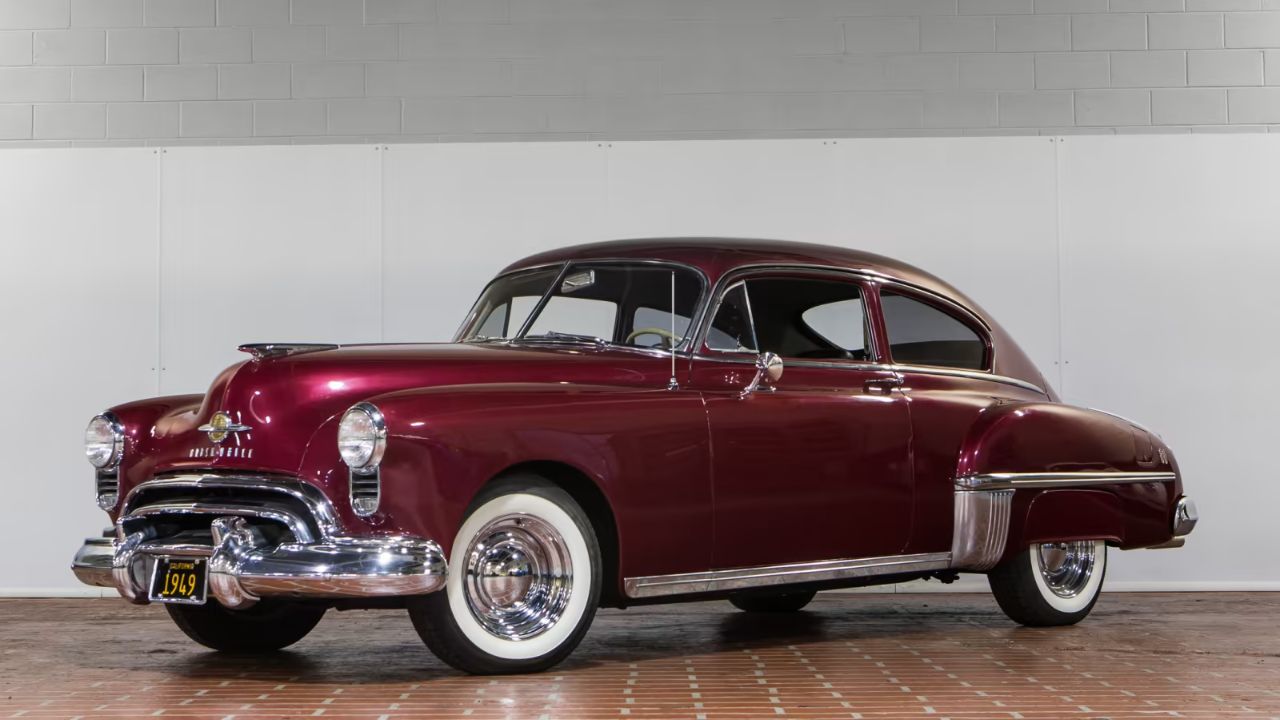
What made the Rocket 88 stand out wasn’t just its power—it was the fact that you didn’t have to be rich to own one. It offered a strong V8 at a price regular folks could afford, putting performance into driveways across America.
Oldsmobile had struck a balance between power, price, and reliability. That formula became a blueprint for future American muscle cars, decades before the term “muscle car” was even coined.
It Was the First Car to Be Called a Muscle Car
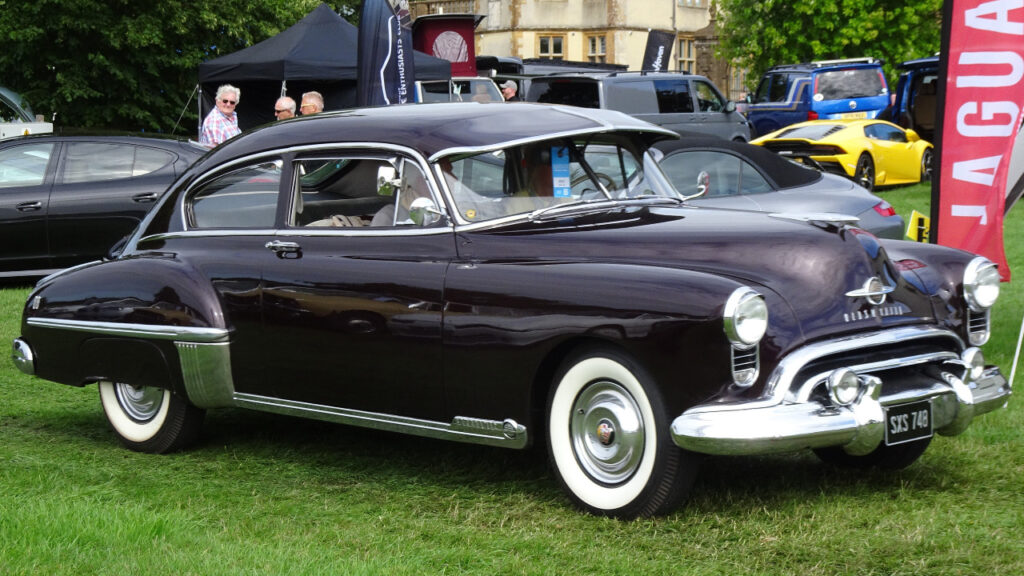
While the term “muscle car” wouldn’t be used widely until the ’60s, many historians point to the Rocket 88 as the original. It had all the ingredients: a powerful engine in a relatively small body with aggressive styling.
This wasn’t some stripped-down economy ride. It had chrome, comfort, and attitude. It looked the part and had the horsepower to back it up. The Rocket 88 essentially wrote the recipe for the American performance car.
Continually Refined Through the 1950s

Throughout the 1950s, Oldsmobile kept refining the Rocket 88 with styling tweaks, more power, and better suspension setups. By 1955, the engine made up to 202 horsepower thanks to a bigger 324-cubic-inch version.
Each model year brought a bit more flash and a bit more bite. This continuous improvement kept the Rocket relevant in a rapidly changing car market and helped Oldsmobile climb the sales charts during the postwar boom.
A Favorite of the Customizer Crowd
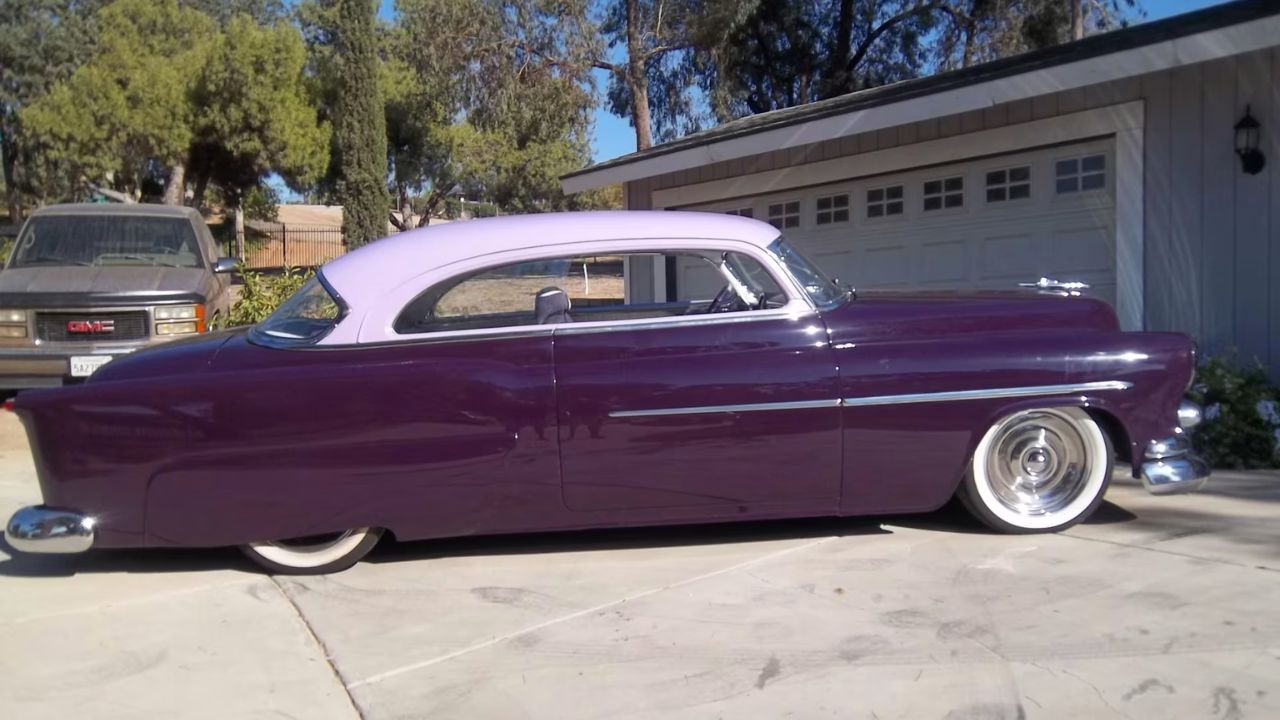
The Rocket 88 became a staple in early hot rod and custom scenes. Its styling lent itself well to lowered stances, chopped roofs, and loud paint jobs. Plus, that overhead-valve V8 could take performance upgrades with ease.
You’d find Rocket 88s in dry lake racing, on drag strips, and cruising boulevards from California to New York. It was a working man’s performance car that looked good slammed or stock.
Its Styling Set the Tone for the ’50s

The Rocket 88 didn’t just lead in power—it helped define what a 1950s car should look like. With wraparound windshields, dramatic grilles, and plenty of chrome, it captured the jet-age obsession with speed and space.
Oldsmobile leaned into the “Rocket” theme with hood ornaments and trim that looked like something off a missile. It wasn’t subtle, but it worked. The Rocket 88 helped create the visual language that would dominate the decade.
Factory Options Kept Things Interesting
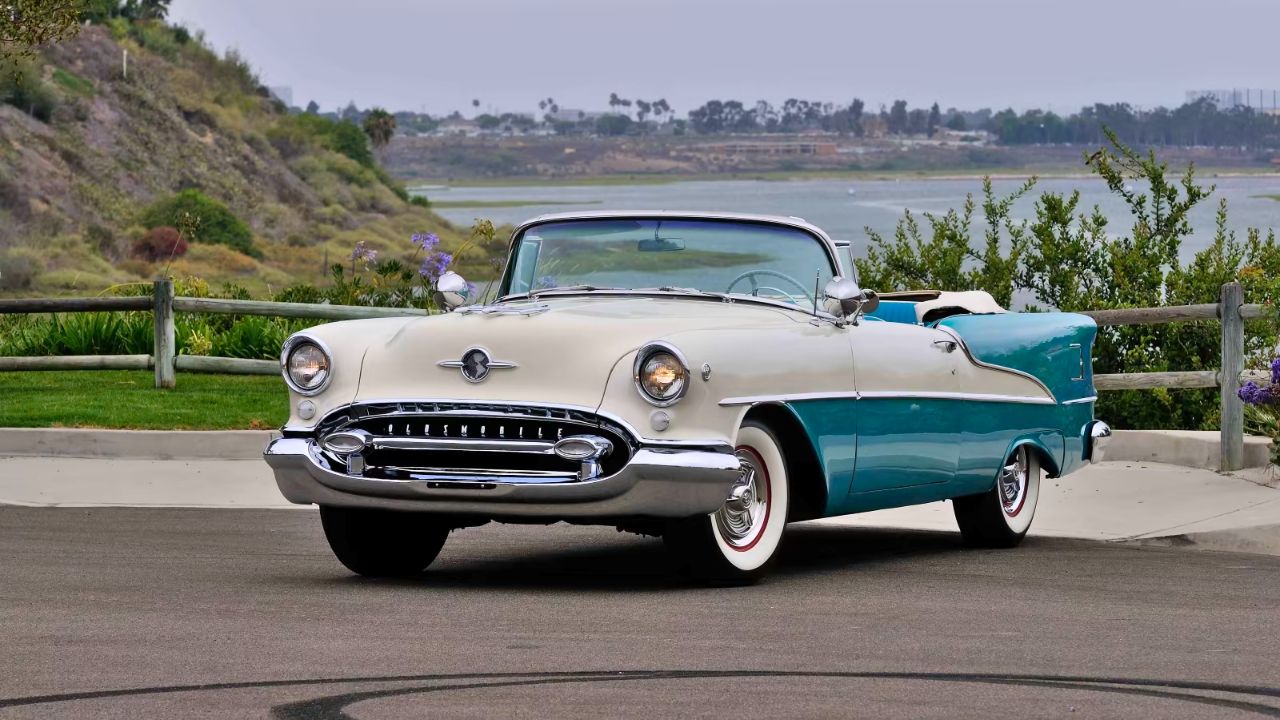
Oldsmobile offered a range of body styles and trim levels, from stripped-down sedans to flashier hardtops and convertibles. Buyers could customize their Rocket 88s in ways that weren’t common in the late ’40s.
Two-tone paint, deluxe interiors, and upgraded radios made the Rocket feel more upscale than its price tag suggested. It was one of the earliest examples of American brands realizing people wanted fast cars with personal style.
It Helped Shape Oldsmobile’s Identity

Before the Rocket 88, Oldsmobile was seen as a sensible but unexciting brand. The success of the Rocket changed that practically overnight, giving the brand a performance edge that lasted well into the muscle car era.
It rebranded Olds as a company that could go fast and look good doing it. Even years later, the Rocket name continued to appear on badges and engines, proving its lasting impact on both the brand and American car culture.
Like what you read? Here’s more by us:
*Created with AI assistance and editor review.

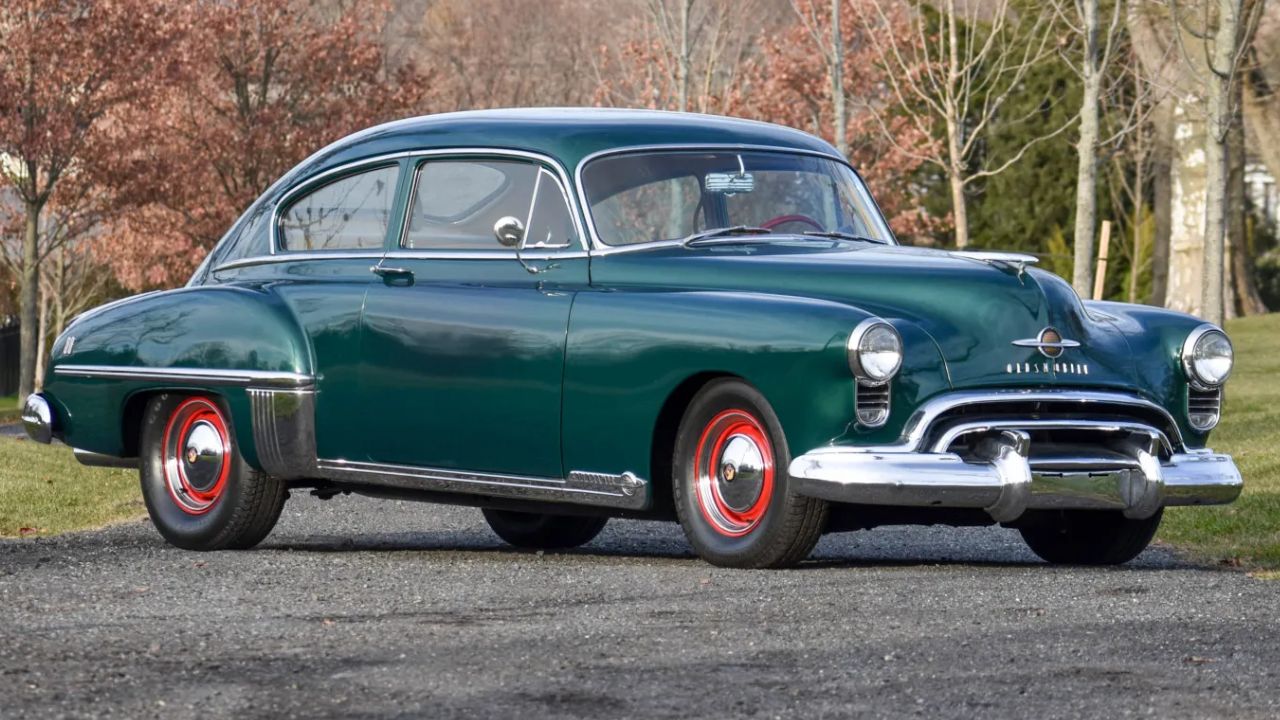



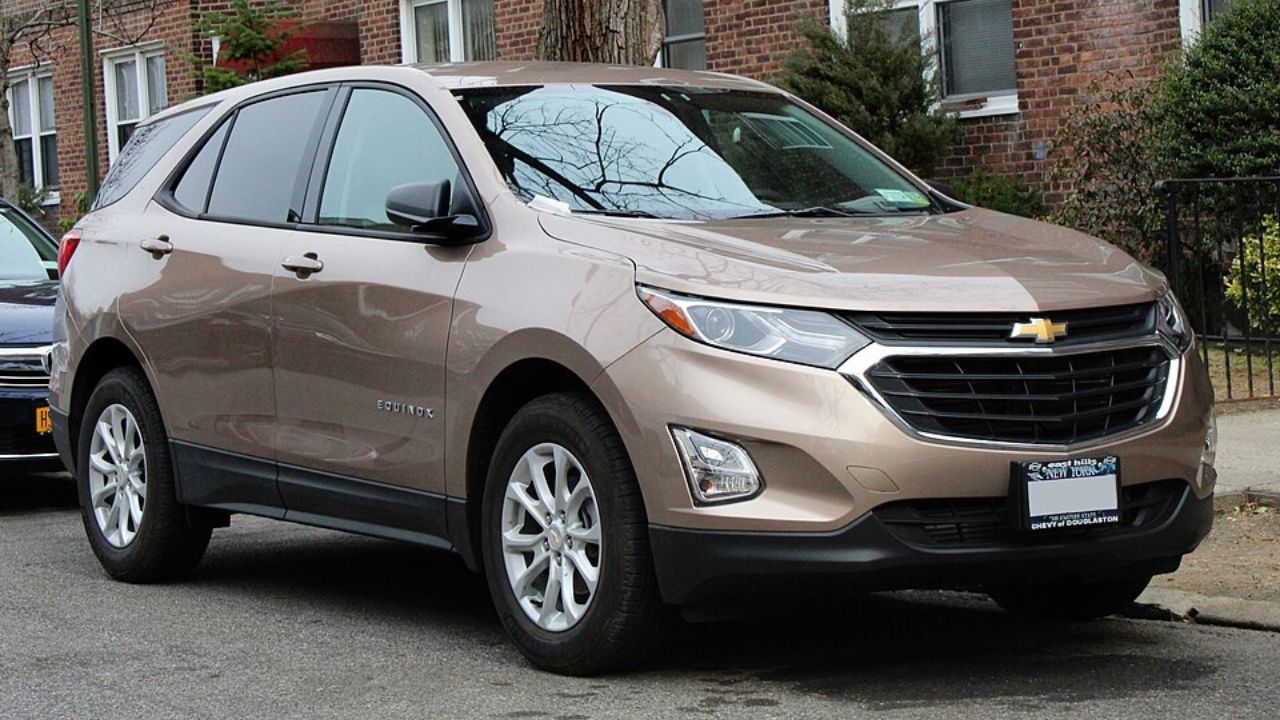

Leave a Reply